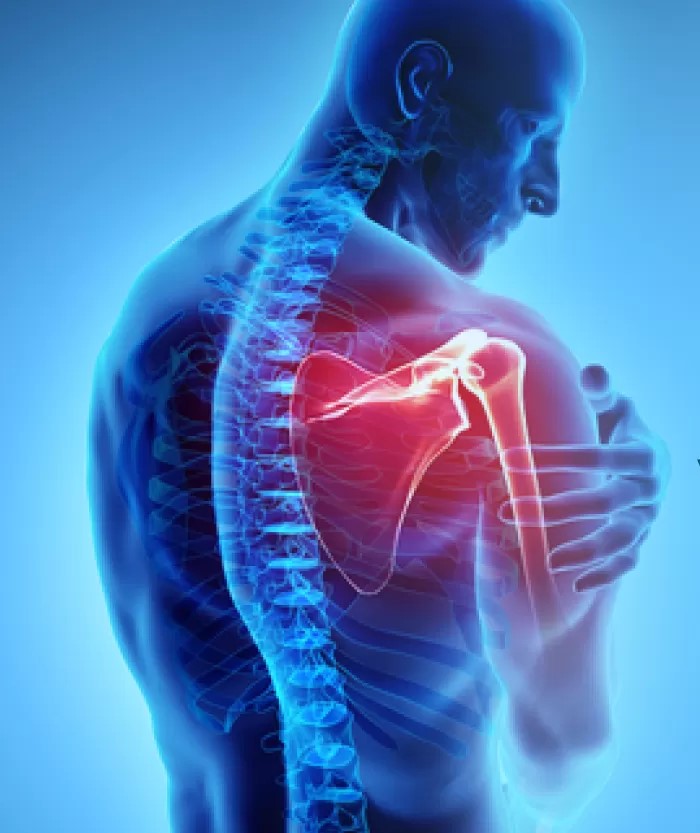The shoulder joint is a highly mobile joint that connects the upper arm bone (humerus) to the shoulder blade (scapula). It is a ball-and-socket joint, allowing for a wide range of motion and facilitating movements in multiple directions.
A dislocated shoulder occurs when the upper arm bone (humerus) pops out of the shoulder socket (glenoid). It is a common injury that can result from a fall, direct impact, or excessive force applied to the shoulder joint

Because it moves in several directions, the shoulder can dislocate forward, backward or downward. It might dislocate completely or partially. Extreme twisting of the shoulder joint can pop the ball of the upper arm bone out of the shoulder socket. In a partial dislocation, the upper arm bone is partially in and partially out of the shoulder socket.
Causes of a dislocated shoulder include:
Get medical help right away for a shoulder that appears dislocated, the signs to look for are
It is important to seek medical assistance promptly for a dislocated shoulder and not try self diagnosis. The treatment might involve: